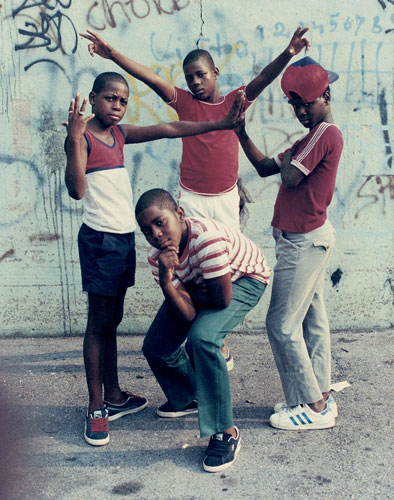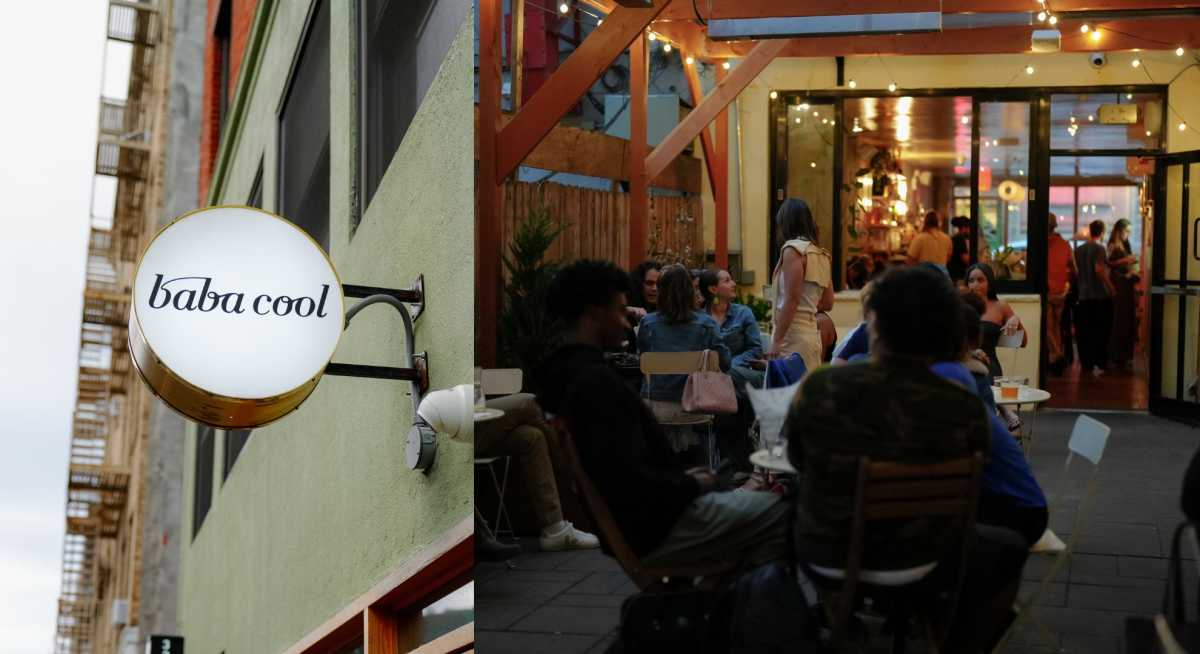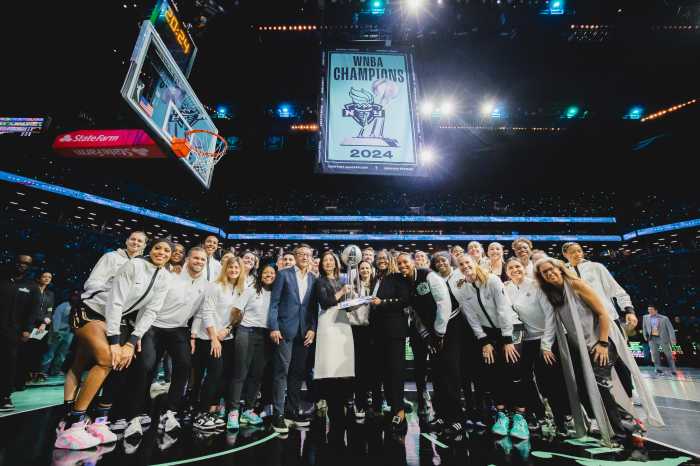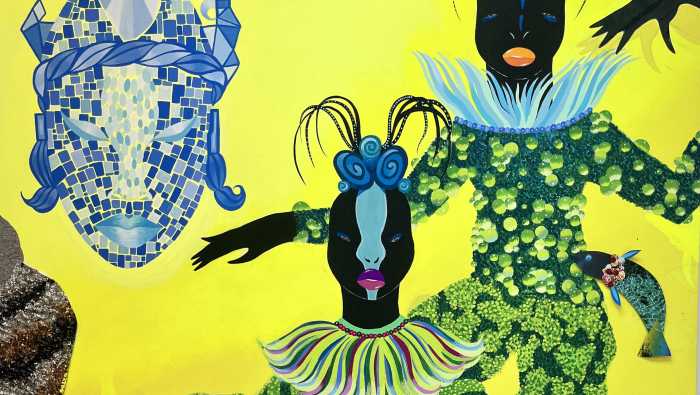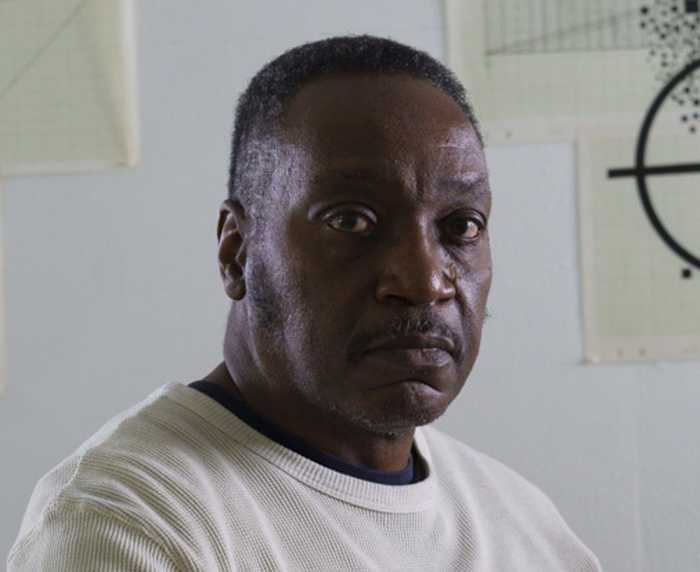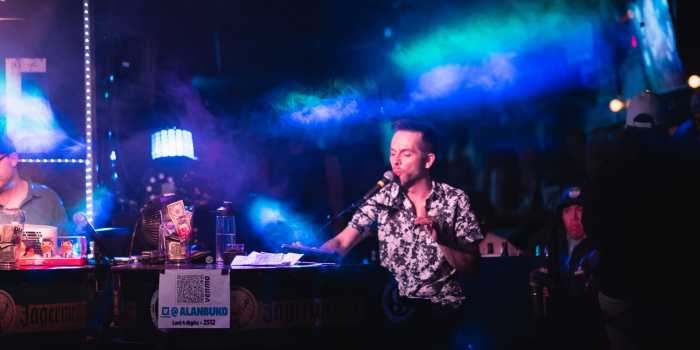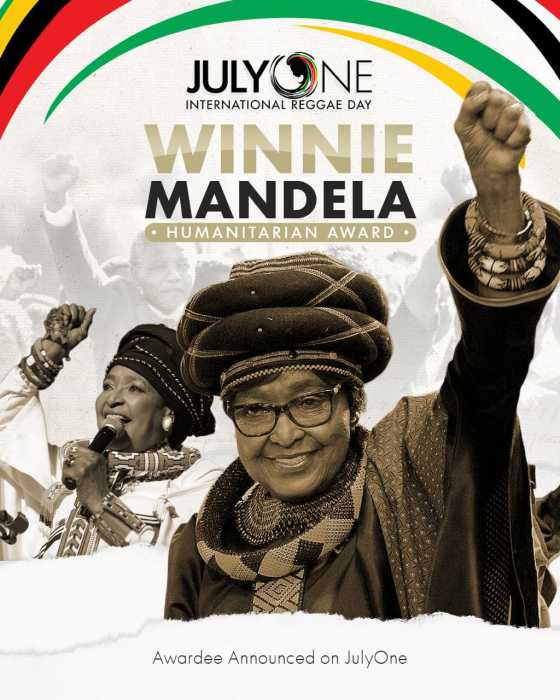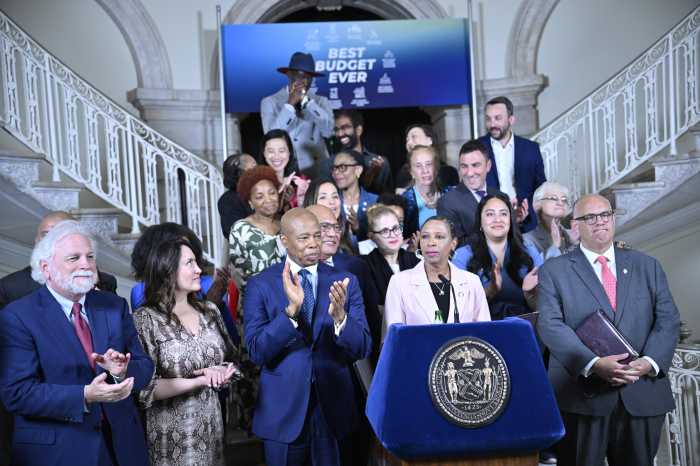A picture is worth a thousand words — and one photographer really took this to heart.
Jamel Shabazz immortalized a generation of black and Latino teens in iconic street portraits during the 1970s and 1980s — but those pictures were taken quickly, in just a few short minutes of what would become a decades-long conversation between the photographer and the inhabitants of New York City.
“I learned to be more effective, because you want to be spontaneous and you’re swift when you know what you want,” said Shabazz, who is the focus of a documentary coming to the Brooklyn Academy of Music.
“The photography came secondary to the conversation. The photos were proof of the conversations.”
Shabazz said he wanted to engage young people in particular, especially after returning home from serving in the military to find that “there was a war going on in the streets.” The results of his efforts are a vibrant and colorful collection of photographs that have come to define a culture. The book “Back in the Days,” which was published in 2001, became an instant classic.
The documentary, “Jamel Shabazz Street Photographer” is the perfect companion piece to the book that gave Shabazz’s work the attention it deserves. Through interviews, the individuals in the pictures come alive, over twenty years later, revealing the stories behind the images — which are generally not captioned. The lack of information, said director Charlie Ahearn, inspired him to seek out Shabazz to learn more.
In 2002, Ahearn was celebrating the 20th anniversary of his own contribution to the lionizing of New York City youths in his film “Wild Style” when he discovered Shabazz’s photographs. The cover image, two teens standing in Times Square, caught his attention.
“They look like they’re carved in stone, and around them is the chaos of Forty Second Street,” Ahearn said.
“Whatever way possible I wanted to get to know Jamel Shabazz. I went to his openings for his book, and gradually we got to know each other, and one day … Jamel said, ‘You should make a film about me.’ I said, ‘Yes I should.’
Ahearn’s understanding of Shabazz’s work resonated with the photographer. Shabazz said he found it difficult to explain his work, yet working with Ahearn had given him the unique opportunity to show the breadth of his material outside of Hip Hop culture and style, especially his documentary photography. In the film he discuses taking a photo of three men holding photos of the founder of the Five-Percent Nation.
“There was just something powerful about these young men,” Shabazz says in the film. “I knew at that point that this was a historic shot that needs to be captured.”
“Jamel Shabazz Street Photographer” at BAM Rose Cinemas [30 Lafayette Ave. between Ashland Place and St. Felix Street, (718) 636–4100, www.bam.org]. Opens Aug. 2, $13.


